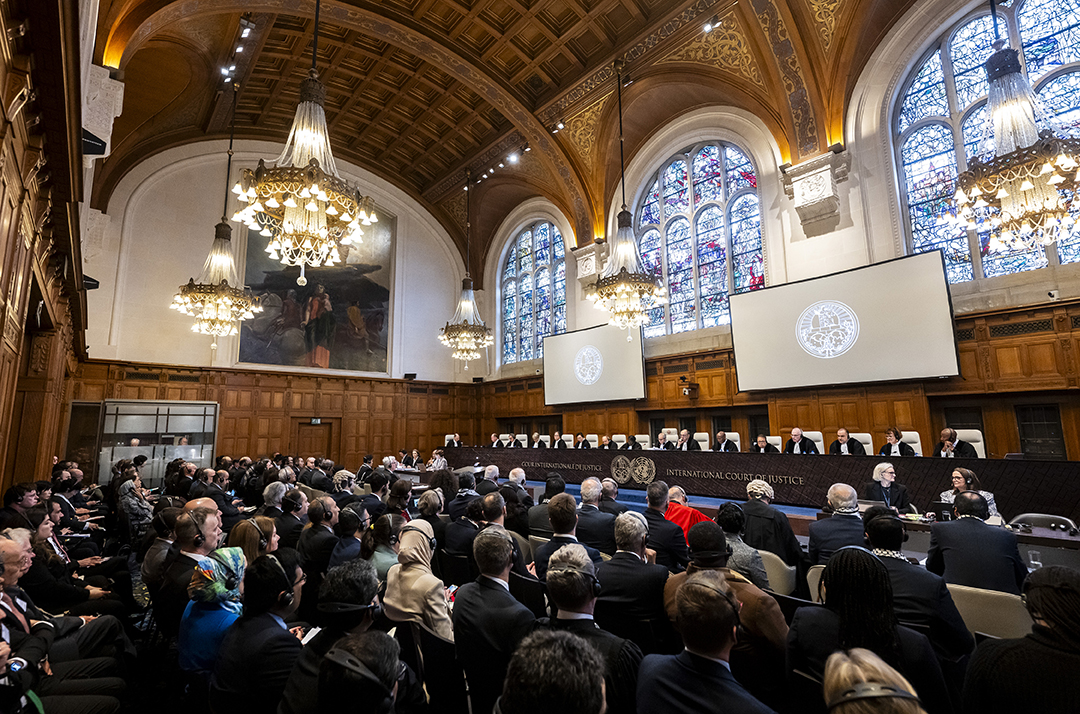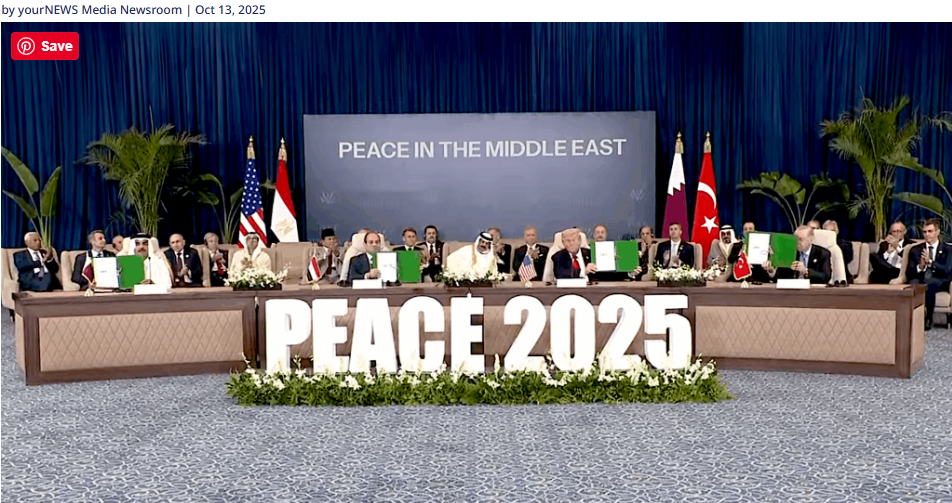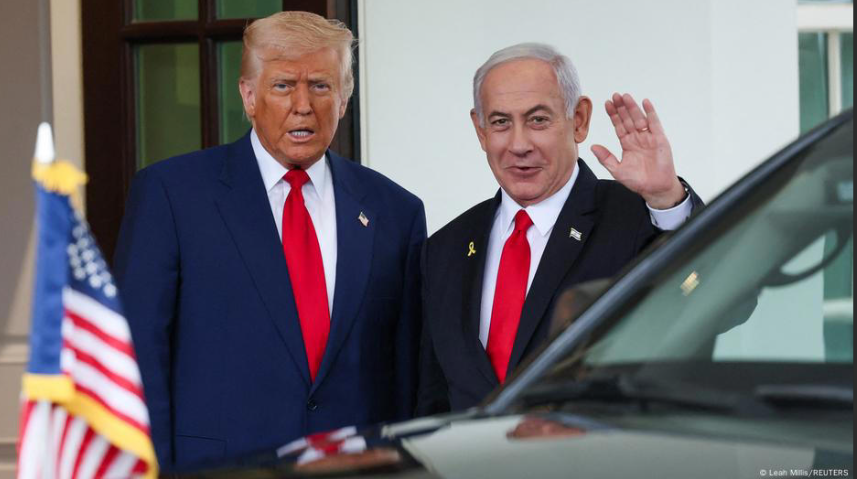By Dr. Matthijs de Blois, Senior Fellow, thinc.
On 7 October 2023 Hamas fighters launched a brutal surprise attack on Israel and its citizens; it was the holy day of Simchat Torah. The cruelty of the Palestinian violence against innocent civilians, including babies, children and elderly people is almost beyond comprehension. The days of Amalek are back. Israel responds with a massive military operation. So far Israel has received moral and sometimes also military support from several governments, parliaments and the general public.
However, in the discussions in political circles and the press the main legal issue that is addressed is whether the response of Israel will be in conformity with international humanitarian law (IHL), thereby shifting the focus from the liability of the perpetrator to the counteraction of the victim. That fits the one-sidedness that has characterized the approach of the mainstream of the legal commentators on the conflict between Israel and the Palestinian Arabs for decades. But it is contrary to the fairness that may be expected of any legal approach. Therefore we should first of all subject the behavior of the terrorist movement to a legal analysis.[1]
Is Gaza a state?
To begin with: is Hamas-Gaza a State, albeit a rogue State? Under international law, a State is an entity that is characterized by a territory, a population and an effective government. After Israel’s withdrawal from Gaza in 2005 and the coup by Hamas in 2006 that brought an end to the power of the Palestinian Authority in the Gaza Strip there is something to say for the statehood of Gaza. In that case this State performed an act of aggression against another State, Israel, by entering its territory and brutally killing, maiming and abducting its citizens. Aggression, a term in international law reserved for actions by a State, infringes the Charter of the UN and counts among the most serious violations of international law.
Many would, however, not agree that Gaza is a State. That does not take away the responsibility of Hamas or other terrorist groups, as well as their members under international law. Also non-state actors are bound by international humanitarian law. As was held by the Appeals Chamber of the Special Court for Sierra Leone: ”It is well settled that all parties to an armed conflict, whether states or non-state actors, are bound by international humanitarian law, even though only states may become parties to international treaties.”
The law of armed conflict
Related to the question of statehood – but not identical with it – is the qualification of the conflict between Israel and Hamas as either an international armed conflict (IAC) or a non-international armed conflict (NIAC). Some, like the Supreme Court of Israel, opt for the first qualification, while others see the conflict as non-international.
In both cases, however, international humanitarian law is applicable, with to a great extent similar standards but with some variations related to the nature of the conflict. The prerequisite for the applicability of international humanitarian law in a NIAC is that the non-state actor is sufficiently organized and that the conflict is sufficiently intense. There is not any doubt that both requirements are met in the conflict between Israel and Hamas.
International humanitarian law has been codified in a number of comprehensive treaties, most prominent among these are the Four Geneva Conventions of 1949 and the Two Additional Protocols of 1977. Many provisions of these treaties are considered to reflect international customary law. That is certainly the case for Article 3, common to the Four Geneva Conventions, which contains the very core of international humanitarian law. We will make some remarks on the atrocities performed by the terrorists in Israel in the light of this Article. A more detailed analysis, that would need to examine more rules of IHL, is beyond the scope of this contribution.
The common Article 3 of the Geneva Conventions is a mini-convention it itself. It is applicable in a NIAC, and enumerates basic rules to be applied by each party to a conflict. It provides that persons that do not take active part in hostilities ‘shall in all circumstances be treated humanely, without any adverse distinction founded on race, colour, religion or faith, sex, birth or wealth, or any other similar criteria.’
What we have seen is that Hamas purposively acted inhumanely vis-à-vis Jewish civilians of all ages – from small babies to people of old age. One of the holiest days of Judaism had been selected by the terrorists to invade the undisputed territory of Israel. Israeli citizens and also people with other nationalities were attacked while enjoying a festival, or being quietly at home, in no way involved in hostilities of any kind. Article 3 specifies the acts that without exception are prohibited in order to ensure a humane treatment. The first is ‘[v]iolence to life and person, in particular murder of all kinds, mutilation, cruel treatment and torture’. From what we hear and see it is certain that Hamas fighters and their colleagues from the Islamic Jihad went around doing all these things. They have been killing, maiming and raping people. The number of fatalities is about 1300.
The second type of inhumane behaviour included in Article 3 is the taking of hostages. Precisely that has happened. About 150 people of all ages and both sexes have been taken hostage and brought to the Gaza Strip. Without doubt they will be used to pressure the Israeli government to make concessions, such as the release of condemned terrorists from Israeli prisons.. Article 3 prohibits further ‘[o]utrages upon personal dignity, in particular humiliating and degrading treatment’. The whole world could see, thanks to the images shared on social media by the terrorists themselves, that they violated this provision on a huge scale.
All this deserves unequivocal condemnation by governments, the United Nations and its various organs responsible for the protection of human rights, especially the Human Rights Council. Furthermore we should expect the NGO’s that normally vociferously condemn Israel to speak out loud and clear against the outrages of these Islamist terrorists.
International crimes
Finally, terrorists belonging to Hamas, the Islamic Jihad or any other organization involved in the atrocities should be held accountable for the crimes they committed, in a national or international court of justice. May be it is possible to engage the International Criminal Court (ICC), that has jurisdiction in respect of war crimes, including acts against civilians, like murder of all kinds, mutilation, cruel treatment, torture, humiliating treatment, taking of hostages (Article 8 (2) (c)) Rome Statute). In case the pending investigations by the Prosecutor of the ICC on the situation in the Palestinian territories would ever lead to indictments, there are reasons to indict terrorists of Hamas and Islamic Jihad in connection with their treatment of the hostages in Gaza in the present war. In respect of what happened in the undisputed territory of Israel the involvement of the ICC could be engaged by the Security Council under Article 13 of the Rome Statute.
[1] I am indebted to Sigall Horowitz, Accountability of Hamas under International Humanitarian Law, Jerusalem Center For Public Affairs, 2008.



